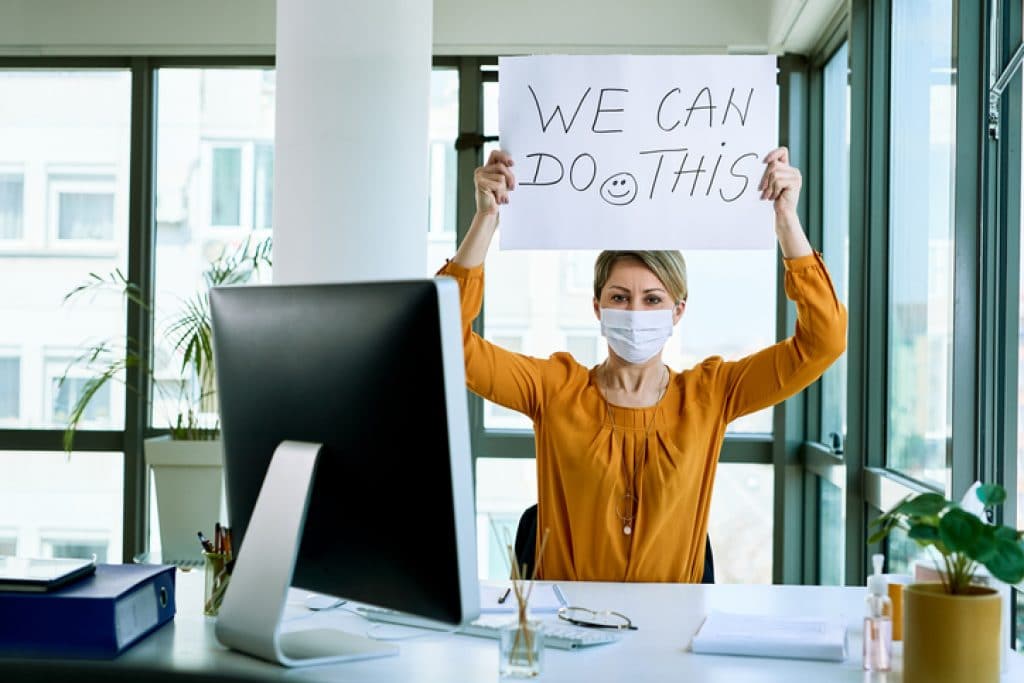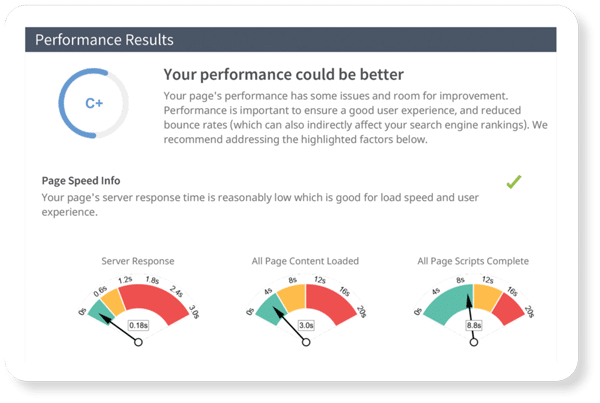This has been the oddest spring and summer that any of us have ever been through or hopefully will ever go through — the coronavirus has turned everything upside down. Schools and businesses are closed. If we’ve not been stuck at home, restaurants can only use half their tables and waiters come to your table in masks. Retail stores, if they’ve been able to reopen, limit numbers in the store. Sports events have been mostly cancelled or played without the fans that make them possible in attendance.
Despite being a medical emergency, the pandemic has also put tremendous strain on the medical world. Elective surgeries were forced to be postponed. Patients stayed away from doctors’ offices as they feared exposure to the virus, opting instead for virtual visits.
But now that patients are returning to have elective surgeries, routine dental care, skin checkups, and other medical services and treatments, what should medical practices do about their waiting rooms to help patients feel safe and avoid spreading the virus?
Here are three strategies.
How it spreads
According to the CDC, the coronavirus responsible for COVID-19 is an RNA virus that is thought to spread mainly between people who are in close contact with one another, within six feet. This is the distance where a person can inhale or otherwise contact the respiratory droplets produced when an infected person coughs of sneezes. Although not the main method of transmission, it is also thought that a person can contract the virus by touching a surface or an object that has the virus on it and then touching their own mouth, nose, or eyes.
Both of those transmission methods dictate changes in your practice waiting room.
Cleaning and your seating arrangement
For the duration of this pandemic (and some of these practices wouldn’t be a bad idea moving forward from there), you need to deep clean your practice waiting rooms. Past studies have shown that surfaces in doctors’ offices are highly contaminated, with bacterial counts on surfaces and objects in the waiting rooms that frequently exceed those in the in-patient rooms. Furniture, magazines, and toys are the highest bacteria collectors.
Now all of those surfaces need to be cleaned with bacterial disinfectant. All frequently touched surfaces such as reception counters, check-in kiosks and iPad screens, waiting area chairs, elevator buttons, door handles, and railings need to be cleaned often and regularly. It’s wise to remove all magazines and toys until this is over.
Once everything is set to be continually cleaned, the arrangement itself in your waiting room needs to change. Waiting room chairs need to be spaced no less than six feet apart. There should be additional room for patients to make their way forward when called, allowing them to stay at least six feet away from any other patients.
Changing patient flow
Patient flow is an area where adjustments can really lower the risk for exposure. While most of our client practices are not primary care providers, those that are could designate separate offices or areas of the facility for seeing patients with possible COVID-19 infection. Other areas of the facility could be for chronic and acute non-COVID-19 patients.
Most of our practices — whether dermatologists, dentists, orthopedic surgeons, plastic surgeons, med spas, and the like — haven’t been deemed “essential” during the height of the outbreak, so most were closed for at least one or two months. Now that you’re back open, if you have a large percentage of older, at-risk patients, it would be a good idea to designate certain times of the day on particular days for only those patients. That would alleviate their risk of exposure, and it would help them overcome any anxiety.
You also could consider not having patients wait to be called back in the traditional way until the virus is fully contained. Some practices have completely closed their waiting rooms. Instead, they are having patients wait in their cars in the parking lot until they receive a text message when the exam room is ready for them.
Virtual consultations
Many of our practices have already been able to fully eliminate one in-person office visit using technology. Consultations are a large part of all aesthetic practices. They offer the patient the chance to fully explore a potential elective procedure through a thorough give-and-take exchange with the doctor or surgeon. Technology has presented the opportunity to make these consultations “virtual.” While this format obviously doesn’t let the doctor perform a full physical exam, it does allow the patient to gather necessary information about the procedure: how it’s done, what recovery is like, the possible risks, and other aspects.
Virtual consultations have allowed many of our practices to keep patients engaged even when offices have been closed. These virtual consultations have set patients up to be ready to schedule elective procedures the minute the practice was able to reopen. In addition to consultations, follow-visits after surgery could sometimes be conducted virtually. This would be especially true after the initial follow-up where sutures are removed and the incisions checked.
Those are three areas we feel our MyAdvice medical practices need to make some adjustments moving forward. This pandemic won’t go on forever, but in this country, it doesn’t appear life will be back to normal for some time, possibly not before a vaccine is developed. So, you need to plan for this to be the way things are for a while.
If you have any questions about other strategies your practice could implement during the COVID-19 pandemic, please fill out a contact form, call us, or contact your MyAdvice representative.


